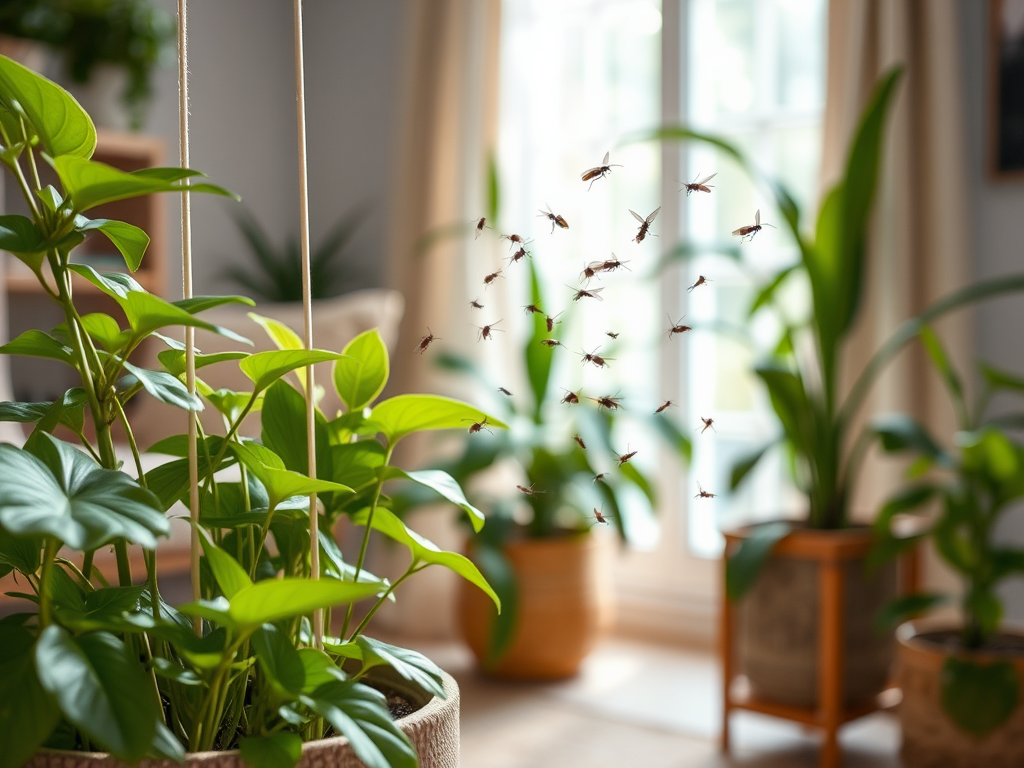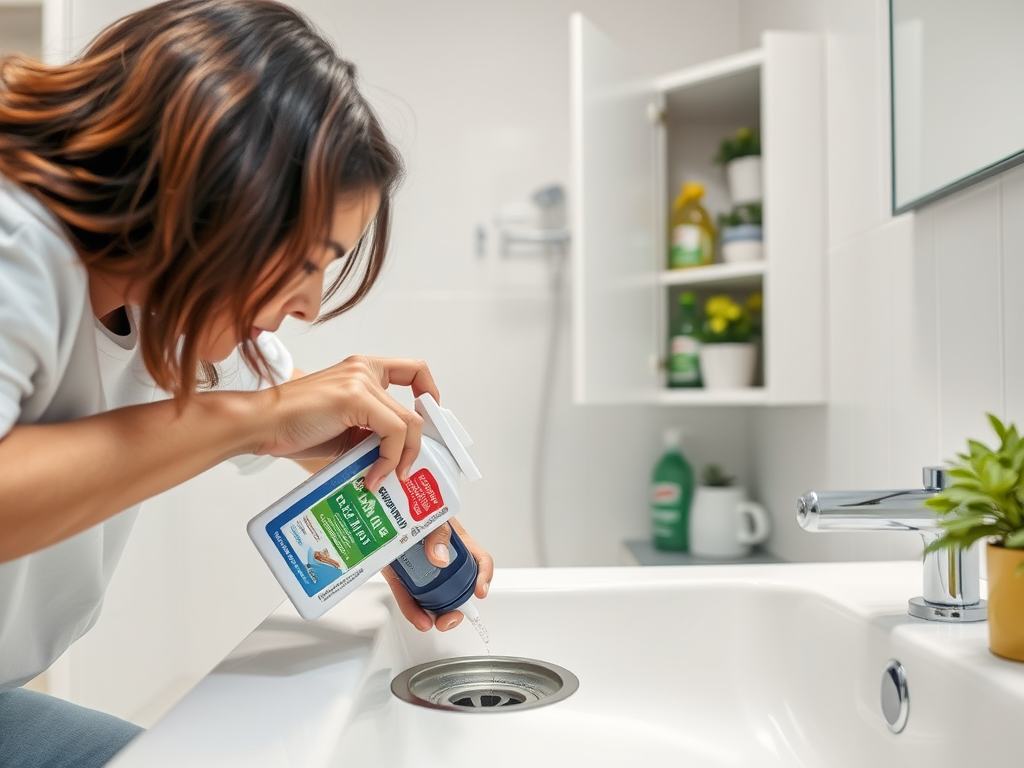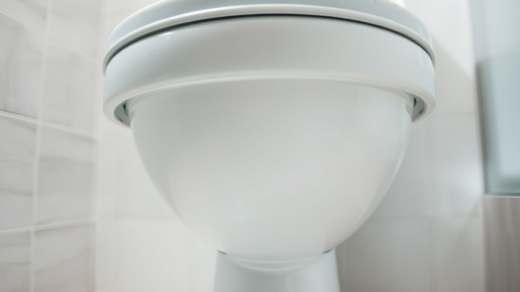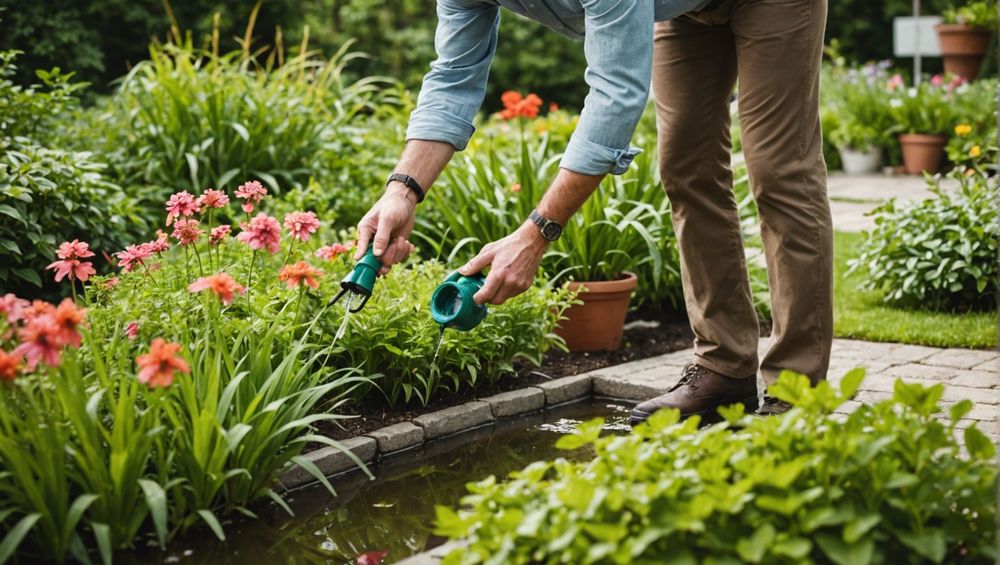Dealing with gnats in your home can feel like an uphill battle. These tiny pests tend to appear out of nowhere, invading your space and ruining your peace of mind. While they may be small, their numbers can quickly multiply, leading to an overwhelming infestation. Understanding how to effectively trap these nuisances is essential for every homeowner. In this guide, we will delve deep into the gnat problem, equipping you with step-by-step methods to reclaim your space. By implementing the strategies outlined here, you can enjoy a more comfortable living environment.
Gnats are not just bothersome; they can signal larger underlying issues in your home. By taking proactive measures, not only can you eliminate existing gnats but also prevent future invasions. This guide will guide you through identifying the types of gnats, recognizing signs of infestation, and deploying effective trapping strategies. Don’t let these potential pests take over your space; take control with the right knowledge and tools.
Understanding Gnats: What You Need to Know

Gnats are a broad category of small flying insects, often confused with fruit flies or moths. They thrive in warm, humid environments, making them common pests in homes and gardens. A proper understanding of their behavior, breeding habits, and preferred environments will lay the foundation for effective control. Each gnat type has distinct characteristics and tendencies, meaning that knowledge is power when dealing with them.
- Fungus Gnats: Usually found near houseplants, these insects are often attracted to damp soil.
- Fruit Flies: Known for buzzing around overripe or rotting fruits, they can quickly proliferate in kitchens.
- Drain Flies: These thrive in damp areas such as drains and prefer decomposing organic matter.
Identifying the Gnat Problem in Your Home

Recognizing that you have a gnat problem is the first step toward effective trapping. Before any actions can be taken, you need to assess your living space and identify potential hotspots. Observing the behaviors and locations of these pests will assist you in determining the right course of action. Here are some key signs you may notice if gnats are invading your home.
- High numbers of gnats, particularly near plants or areas where food is present.
- Visible larvae in soil or seen swimming around in standing water.
- Unpleasant odors emanating from overripe produce, plumbing, or stagnant water.
| Type of Gnat | Preferred Environment | Common Traps |
|---|---|---|
| Fungus Gnats | Damp soil around plants | Apple cider vinegar trap, sticky traps |
| Fruit Flies | Near fruits and vegetables | Wine trap, fruit trap |
| Drain Flies | Bathrooms and kitchen drains | Soap water trap, insect sprays |
Effective Trapping Strategies
Different methods can be employed to trap gnats effectively. You can choose between homemade solutions or rely on store-bought traps. Making your own gnat traps can be both cost-effective and efficient, allowing you to control the infestation with minimal resources. Below are some ideas for both homemade gnat traps and store-bought alternatives.
Homemade Gnat Traps
Creating homemade traps is convenient and often yields great results. Here are two popular methods that have proven effective against gnats:
- Apple Cider Vinegar Trap: Combine apple cider vinegar with a few drops of dish soap in a bowl. The vinegar attracts the gnats, and the soap breaks the surface tension, trapping them.
- Wine Trap: Pour a small amount of red wine into a jar and cover it with plastic wrap. Poke holes in the wrap; the gnats will enter but won’t be able to escape.
Store-Bought Gnat Traps
If you find that DIY traps are not yielding your desired results, consider these store-bought options:
- Sticky Traps: These bright yellow sticky traps can efficiently capture a variety of flying pests, including gnats.
- Insect Sprays: Use targeted sprays that eliminate gnats on contact without causing harm to your plants or home.
Preventing Gnat Infestations
Prevention is often the best strategy when it comes to gnats. Maintaining a clean and dry environment can significantly reduce the likelihood of these pests settling in your home. Here are some best practices to consider:
- Store fruits safely and ensure they are sealed in containers to avoid attracting fruit flies.
- Regularly clean and maintain drains to remove any decaying matter that might attract drain flies.
- Water houseplants correctly to avoid over-saturation—consider letting the soil dry out between waterings.
Conclusion
Trapping gnats effectively involves understanding their habits and utilizing the right tools at your disposal. By identifying the type of gnat you are dealing with and employing various trapping strategies, you can reclaim your home from these tiny invaders. Furthermore, preventative measures can help keep your living space gnat-free in the long run. With the help of this guide, you have the knowledge needed to tackle gnat infestations head-on and create a comfortable, inviting environment in your home.
Frequently Asked Questions
- What attracts gnats to my home? Gnats are often attracted to food sources like overripe fruits, damp soil, and drains with organic matter.
- How can I tell what type of gnat I have? Observing their prevalent locations can help; fungus gnats are near plants, while fruit flies are around food, and drain flies linger near plumbing.
- Are homemade traps effective? Yes, traps made with apple cider vinegar or wine have been known to be highly effective.
- Can I prevent gnats without traps? Absolutely! Keeping your environment clean, properly storing food, and routinely cleaning drains can reduce gnat infestations significantly.


